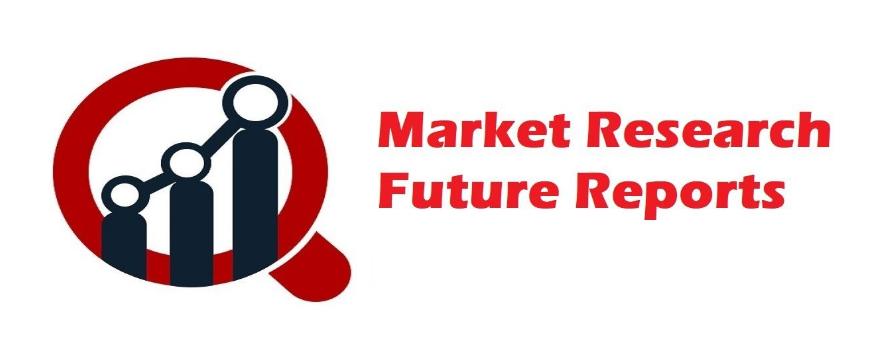Unraveling the Complexities of Thrombus Treatment Trends, Challenges, and Future Prospects

The Thrombus Treatment Market size was valued at USD 38.55 billion in 2021 and is projected to grow from USD 41.19 Billion in 2022 to USD 69.94 billion by 2030, exhibiting a compound annual growth rate (CAGR) of 6.84% during the forecast period (2022 - 2030).
Thrombus, commonly known as a blood clot, poses a significant risk to human health, often leading to life-threatening conditions such as stroke, heart attack, or pulmonary embolism. The management and treatment of thrombus have witnessed remarkable advancements in recent years, driven by innovative technologies and a deeper understanding of its underlying mechanisms.
Market Overview:
Before delving into the treatment landscape, it's crucial to grasp the basics of thrombus formation. Thrombosis occurs when blood clots form abnormally within blood vessels, obstructing the flow of blood and potentially causing severe complications. Factors such as injury to blood vessels, sluggish blood flow, or alterations in blood composition can trigger thrombus formation, emphasizing the multifaceted nature of this condition.
The consequences of thrombosis are profound, with the potential to manifest as ischemic strokes, myocardial infarctions, or deep vein thrombosis, among others. Given its high morbidity and mortality rates, effective thrombus treatment strategies are paramount to mitigating its impact on public health.
Market Dynamics Driving Innovation:
The thrombus treatment market has been witnessing steady growth, fueled by several factors. Technological advancements have revolutionized treatment modalities, offering more precise and minimally invasive options. Moreover, the rising prevalence of cardiovascular diseases, coupled with an aging population, has spurred the demand for effective thrombus management solutions.
Furthermore, increasing healthcare expenditure and heightened awareness regarding thrombus-related complications have encouraged investment in research and development, fostering innovation in the field. As a result, the market is witnessing the emergence of novel therapies and devices aimed at addressing the diverse needs of patients with thrombotic disorders.
Promising Interventions and Therapeutic Modalities:
The landscape of thrombus treatment is characterized by a diverse array of interventions, ranging from pharmacological agents to interventional procedures. Anticoagulants, such as heparin and warfarin, have long been the cornerstone of thrombus management, preventing clot formation and propagation. However, newer oral anticoagulants, including direct thrombin inhibitors and factor Xa inhibitors, offer improved safety profiles and convenience compared to traditional therapies.
In addition to pharmacotherapy, interventional procedures play a crucial role in treating thrombus, particularly in cases of acute arterial or venous occlusions. Endovascular techniques, such as catheter-directed thrombolysis and mechanical thrombectomy, enable the rapid removal of clots, restoring blood flow and preventing tissue damage. These minimally invasive procedures have revolutionized thrombus treatment, offering patients a less invasive alternative to traditional surgical interventions.
Key Players:
The thrombus treatment market players, including Teva Pharmaceutical Industries Ltd. from Israel, Angiodynamics Inc. based in the US, and Bristol-Myers Squibb Company also hailing from the US. Other major contributors include Pfizer Inc., Johnson & Johnson Services Inc., and Sanofi S.A., along with Daiichi Sankyo Company, Limited from Tokyo, and Boehringer Ingelheim International GmbH from Germany. Aspen Pharmacare Holdings Limited from the US and Bayer AG from Germany further diversify the market. Additionally, there are several other players contributing to the industry's growth and innovation.
Market Segmentation:
The segmentation of the thrombus treatment market encompasses various types and treatment approaches. In terms of thrombus types, it includes atrial thrombus, further categorized into right atrial and left atrial thrombus, along with venous thrombus. Regarding treatment modalities, options include medical therapy utilizing antiplatelets, anticoagulants, thrombolytics, surgical interventions, and other miscellaneous approaches. This segmentation aids in understanding the diverse strategies and techniques employed in managing thrombus conditions, ensuring tailored and effective treatment plans for patients.
Regional Outlook:
The regional outlook for thrombus treatment encompasses various regions across the globe. In North America, both the United States and Canada stand as key players in thrombus treatment. In Europe, countries such as Germany, France, the UK, Italy, Spain, and others collectively contribute to advancements in this field. The Asia-Pacific region, including nations like China, Japan, India, South Korea, Australia, and others, also plays a significant role. Additionally, the Middle East, Africa, and Latin America represent emerging fronts in the realm of thrombus treatment.
Emerging Technologies and Future Outlook:
The future of thrombus treatment market growth holds immense promise, driven by advancements in technology and a deeper understanding of thrombosis pathophysiology. Novel therapies, such as RNA-based therapeutics and gene editing techniques, are being explored for their potential to target specific molecular pathways involved in clot formation.
The integration of artificial intelligence and machine learning algorithms holds the potential to revolutionize thrombus management by enabling personalized treatment strategies and predictive analytics. By analyzing vast datasets and patient-specific variables, these technologies can optimize treatment outcomes and reduce the risk of thrombus-related complications.
The development of bioengineered materials and nanotechnology-based interventions may offer new avenues for thrombus prevention and treatment. These innovative approaches aim to design biomimetic surfaces capable of modulating blood clotting processes, thereby reducing the risk of thrombosis without the need for systemic anticoagulation.
About Related Reports:
Medical Device Cleaning Market
Cell Banking Outsourcing Market
Artificial Cervical Disc Market
Biopharmaceutical Excipients Market
- Questions and Answers
- Opinion
- Motivational and Inspiring Story
- Technology
- Live and Let live
- Focus
- Geopolitics
- Military-Arms/Equipment
- Beveiliging
- Economy/Economic
- Beasts of Nations
- Machine Tools-The “Mother Industry”
- Art
- Causes
- Crafts
- Dance
- Drinks
- Film/Movie
- Fitness
- Food
- Spellen
- Gardening
- Health
- Home
- Literature
- Music
- Networking
- Other
- Party
- Religion
- Shopping
- Sports
- Theater
- Health and Wellness
- News
- Culture

